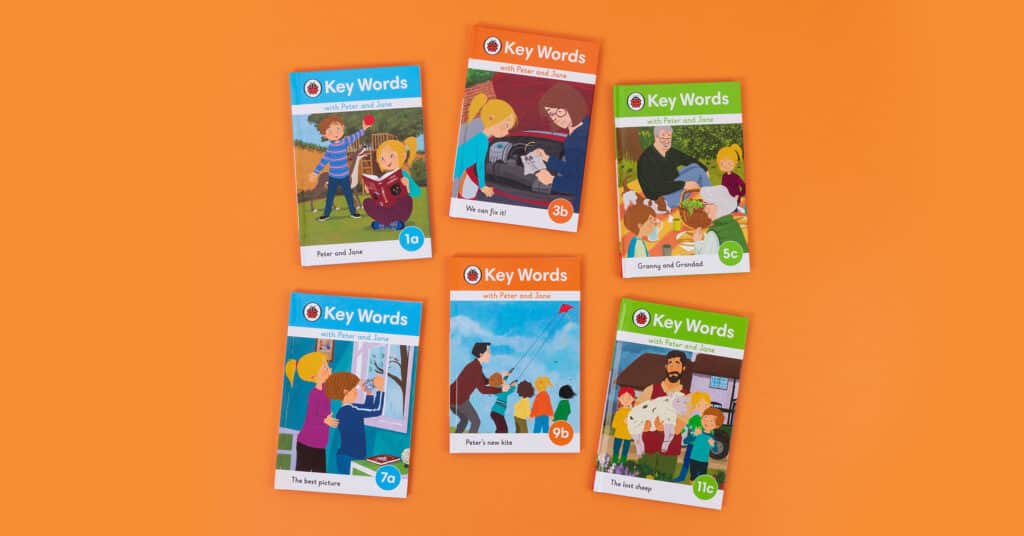5 Classroom Activities that Explore World Wildlife Day
These captivating classroom activities will help you explore the wonders of wildlife with pupils while enhancing their English-language learning experience.

World Wildlife Day is a fantastic opportunity to explore endangered species and learn about a variety of animals from around the world. The BBC Earth Ladybird Readers focus on these topics and are a wonderful way to introduce these themes to second-language learners through reading. Here are some fun activities that can be used to inspire your classroom.
1. Make an animal habitat
Choose an animal, or a group of animals, to focus on and set up a habitat in the classroom. This can be as easy as some stuffed toys and containers or using outdoor plants to create a jungle-like area. This activity will help bring the habitat to life and is kinaesthetic and tactile for learners. Here are some examples to get you started:

For whales, use a toy whale and a container with water.

For polar bears, use a toy polar bear, some ice and water.

For tigers, use a toy tiger, shrubbery and grass.
For younger learners, visuals can work just as well as actual realia. If you don’t have props to hand, an alternative is to print pictures of animals and their habitats and then ask the learners to match each animal and habitat together, to use as talking points.
2. Caring for endangered species
Find a toy animal that you can use for the activity, then tell the class that it is their responsibility to look after and nurture the animal. Ask the pupils to think about what the animal needs to survive, from the food it eats to the best habitat for it to thrive in.
3. Animal footprints
This is a simple activity that can be fun and engaging for learners. Print or draw footprints for a range of animals then ask students to talk about the footprints using adjectives to describe them. Ask the pupils if they can match up each footprint with a particular animal. They can then look at comparisons between the range of footprints, from tiny mice to giant elephants.
4. Endangered animal fact cards
Ask the pupils to draw an endangered animal, and put key facts on each card or poster. Some key facts could be the size of each animal, their particular habitat and what they eat. To further the discussion on species decline, you could also focus on the number of animals left in the wild and how endangered they are, and what we can do to help.
5. Watch BBC Earth Ladybird Reader videos
The Ladybird Readers website has a range of videos to complement each book. Why not watch these with your young learners and use them as discussion points to talk through the information. Reluctant readers are often best engaged through a variety of mediums and these are a fantastic tool to further the World Wildlife Day theme.
Browse all BBC Earth Ladybird Readers





